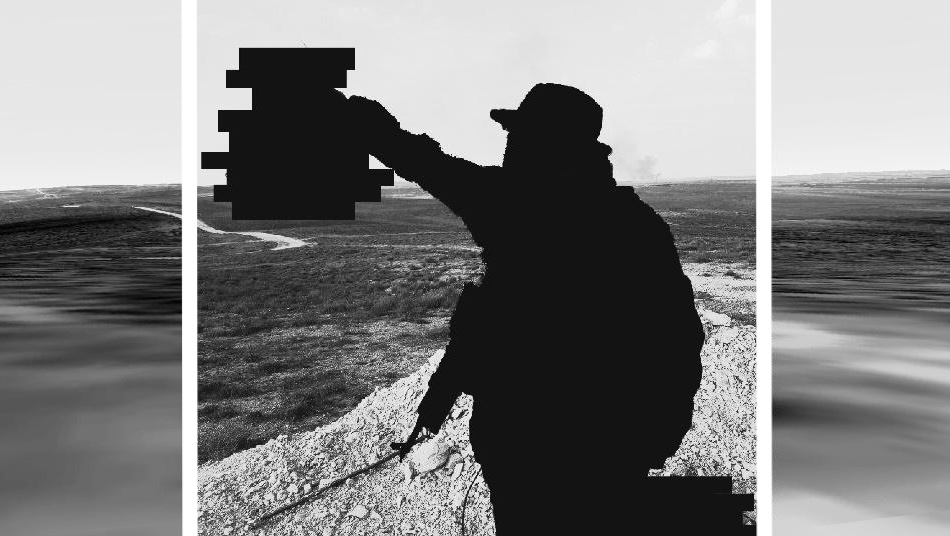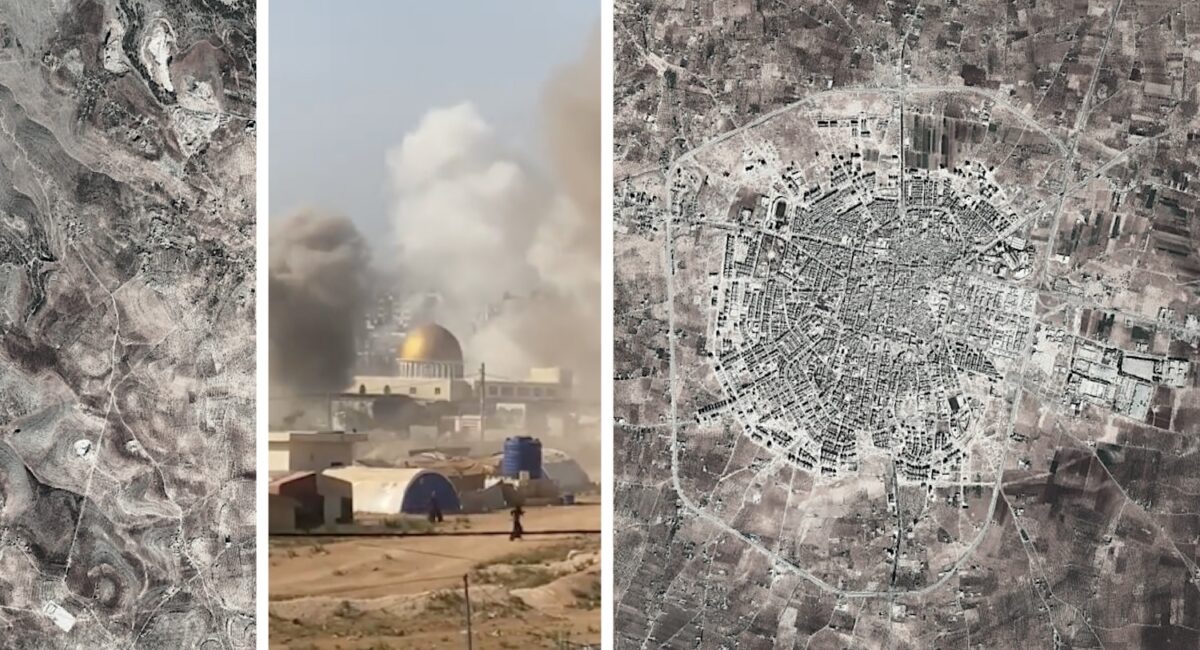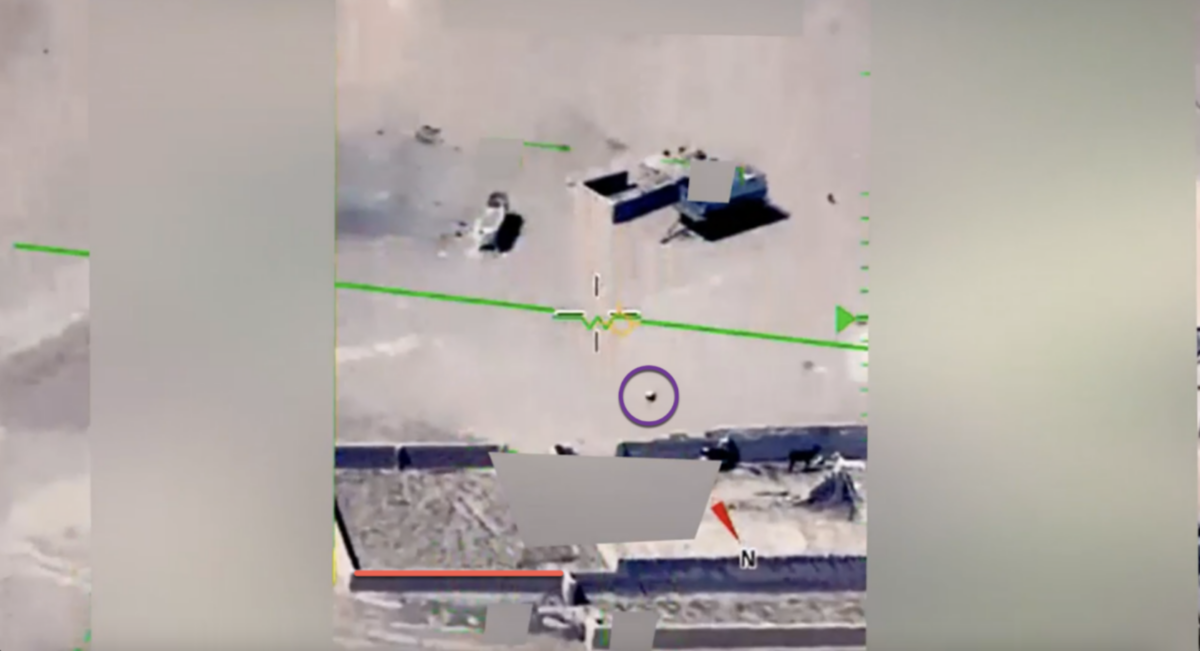Tabqa Airbase Captured by the Islamic State

After encountering some setbacks earlier on, Tabqa airbase finally fell to fighters of the Islamic State today. With only one Pro-Assadist obstacle remaining in Northern Syria, the Islamic State’s territorial continuity in Northern Syria is closer than ever.
Tabqa is now the third airbase to have been captured by the Islamic State and is the second currently in the hands of the Islamic State along with Kshesh. Tabqa provides the Islamic State with numerous anti-aircraft guns and radars. Although several MiG-21s were captured intact, it is deemed unlikely that the Islamic State will be able to use them.
While the initial three assaults were slowed down and then repelled by a combination of minefields and the involvement of the Syrian Arab Air Force (SyAAF), which brought in fighter-bombers, attack helicopters and resupplied the base with transport planes, the ground forces on the base remained limited in numbers. The renewed, fourth offensive broke through Tabqa’s main defence line, after which the SyAAF was powerless to stop them.
The losses at Tabqa reveal the main weakness of the Islamic State: A lack of surface-to-air missiles (SAMs) to destroy or prevent enemy aircraft from flying over its territory. While there aren’t any SAMs to capture in Iraq, such weaponry is available in Syria. Although MANPADS are scarce in Northern Syria, Deir ez-Zor still houses two SAM sites with 2K12 Kub mobile SAM systems. While the 2K12s are too complicated to use for an inexperienced crew, former operators can be forced to man these systems for the Islamic State.
The continued efforts by the SyAAF to save Tabqa from capture by the Islamic State were significant. Yet now it seems this expensive operation was all in vain. It did not only cost precious amounts of fuel, but also tonnes of ammunition used by the SyAAF’s fighter-bombers and attack helicopters on positions of the Islamic State.

The assault on Tabqa airbase largely came as unexpected as it was thought Kweres airbase would be next on the list. The reason for focussing on Tabqa instead might have something to do with the status of this base.
Strategically located, the fall of the base provides a free card for the Islamic State to expand their base of operations deeper into Syria. Although a renewed offensive on Aleppo might seem a more obvious move for the Islamic State, there is now nothing in between the Islamic State and Tadmor airbase near Palmyra and T.4 airbase, housing the SyAAF’s Su-24 fleet.
Also, while Tabqa still houses operational fighter-aircraft, Kweres is nothing more than a runway littered with plane wrecks and troops only capable of defending the base, already being under siege and preparing for the imminent assault since December 2012.
While most of the planes at Kweres are either incapable of performing interdiction sorties, damaged or destroyed by the Islamic State’s mortar fire pounding the airbase in the last months, Tabqa is home to 12 squadron and another unknown squadron flying MiG-21bis, MiG-21MFs and MiG-21UMs.

The airbase was also home to various Mi-8/17, Mi-25 and SA-342 ‘Gazelle’ detachments, mostly being used for barrel-bomb attacks and resupplying the besieged bases of Division 17, Regiment 121, Brigade 93 and Kweres airbase.
Lastly, Tabqa houses eight munition bunkers, four anti-aircraft positions with a total of twenty-four anti-aircraft guns and five radars. Two PRV-13s, one P-14, one P-35/37 and the modern JY-27 radar system remained undamaged after the the initial three assaults, probably because the Islamic State wants them intact.
These radar systems are responsible for detecting aircraft in Northern Syria. If that capability is lost, the Pro-Assadists will lose any grip of what plane enters Syrian airspace via the North. A gap that can’t be filled.


